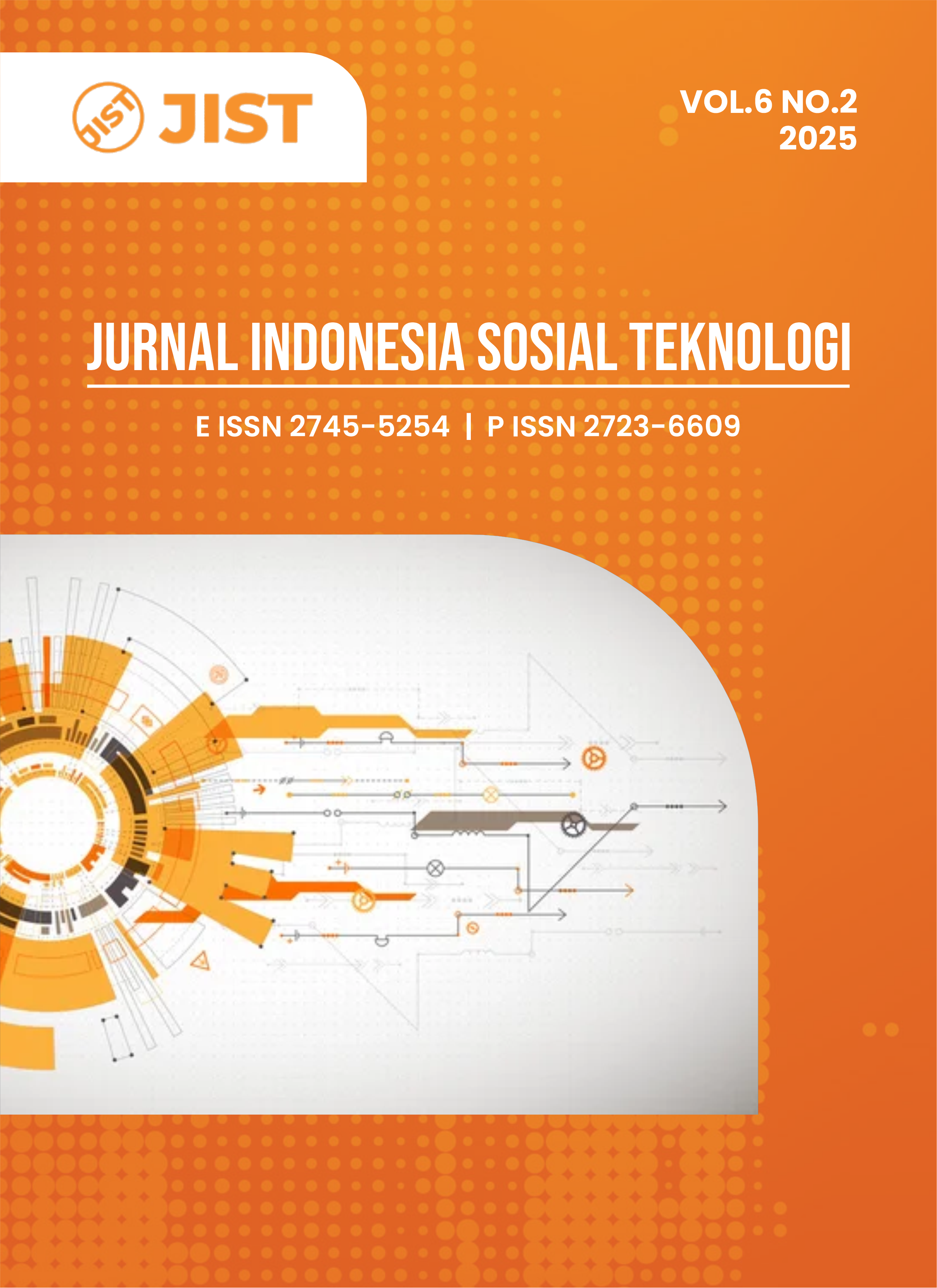Design and Interface Development in Electrical Vehicle Powerline Communication
DOI:
https://doi.org/10.59141/jist.v6i2.3232Keywords:
EVPLC, Fusion360, HMIAbstract
The adoption of Electric Vehicles (EVs) is growing globally due to efficiency, technological advancements, and environmental benefits, though fossil-fueled vehicles still dominate Indonesia. Supported by government initiatives, Indonesia is transitioning to EVs, aiming for Net Zero Emissions by 2060. CAN-Bus technology is Critical to EV operation, enabling efficient communication between vehicle components. Integrating power line communication (PLC) with CAN-Bus, using existing electrical grids, enhances real-time monitoring and control, and companies like Continental Engineering Services are advancing gateway technologies for EV and charging station communication. This research proposes developing an Electrical Vehicle Power Line Communication (EVPLC) system to bridge this communication gap, supporting Indonesia's clean energy goals and EV adoption. Additionally, the project emphasizes the importance of effective design using Fusion 360 software and a user-friendly Human-Machine Interface (HMI) with Nextion. Combining these tools enhances the efficiency and accessibility of EV charging stations, contributing to a more robust and user-friendly EV ecosystem.
Downloads
Published
How to Cite
Issue
Section
License
Copyright (c) 2025 Raihany Afifa Augusta, Irwan Purnama, Angga Rusdinar

This work is licensed under a Creative Commons Attribution-ShareAlike 4.0 International License.
Authors who publish with this journal agree to the following terms:
- Authors retain copyright and grant the journal right of first publication with the work simultaneously licensed under a Creative Commons Attribution-ShareAlike 4.0 International. that allows others to share the work with an acknowledgement of the work's authorship and initial publication in this journal.
- Authors are able to enter into separate, additional contractual arrangements for the non-exclusive distribution of the journal's published version of the work (e.g., post it to an institutional repository or publish it in a book), with an acknowledgement of its initial publication in this journal.
- Authors are permitted and encouraged to post their work online (e.g., in institutional repositories or on their website) prior to and during the submission process, as it can lead to productive exchanges, as well as earlier and greater citation of published work.










